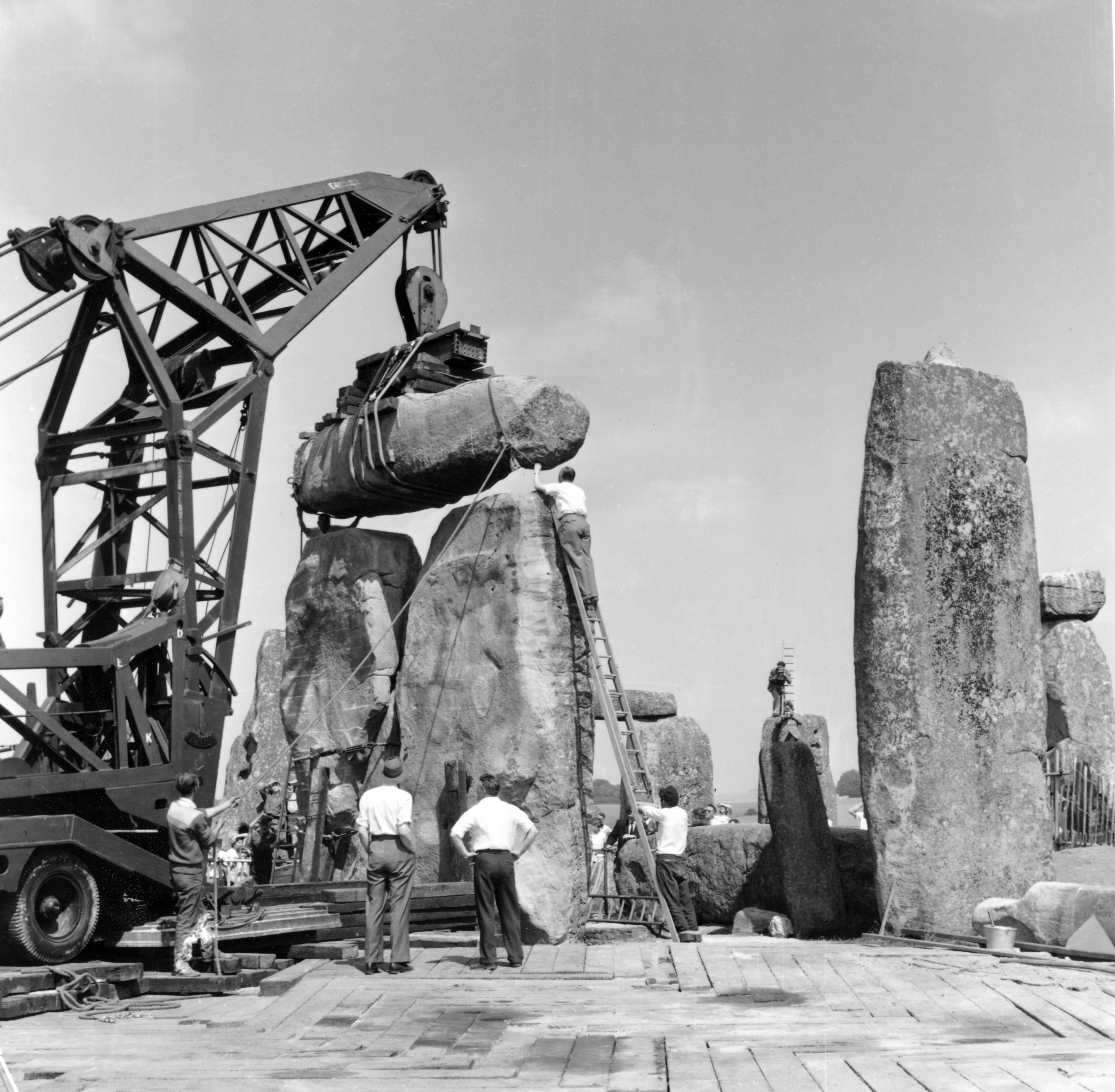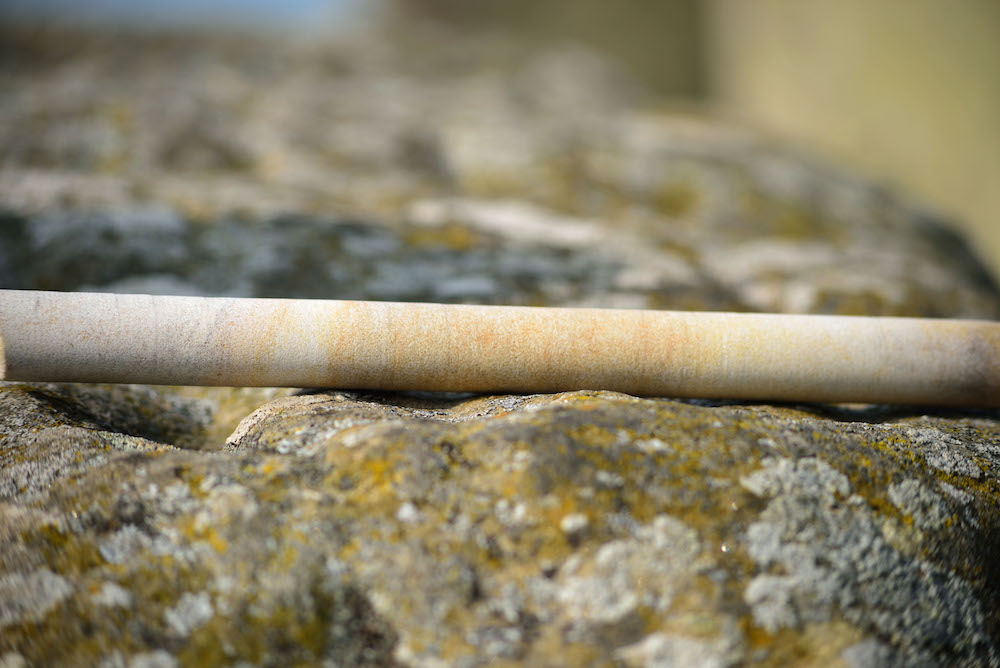A Once-Missing Piece of Stonehenge Could Reveal Where Iconic Standing Stones Were Quarried

A lost piece of one of Stonehenge's iconic standing stones has finally been returned.
The cylindrical piece of stone was drilled out of the giant Neolithic standing stone and then taken as a souvenir more than 60 years ago.
The rediscovery means scientists will be able to study the chemical makeup of the largest stones at Stonehenge, in an effort to learn more about where they came from.
English Heritage, the cultural agency that oversees Stonehenge, said the piece was taken from a fallen "trilithon" — a structure made up of two giant upright stone posts, covered by a third stone lintel — that was re-erected during restoration work in 1958. [5 Strange Theories About Stonehenge]
One of the drilled "cores" from the repairs, a cylindrical piece of sandstone about 42 inches (108 centimeters) long and an inch (2.5 cm) across, was then taken by a workman at the Stonehenge site, the agency said.
That workman, Robert Phillips, kept the core as a prized souvenir for six decades, but he returned it on the eve of his 90th birthday. (He now lives in retirement in the United States.)

Scientists say the drilled core will now be chemically tested and compared with several sandstone sites in the south of England, in the hope of learning more about the origins of the largest stones at Stonehenge.
Sign up for the Live Science daily newsletter now
Get the world’s most fascinating discoveries delivered straight to your inbox.
The smaller "bluestones" are thought to have been transported for over 140 miles (230 kilometers) from quarries in Wales to the Stonehenge site at Salisbury Plain in southwest England.
But relatively little is known about the larger sandstone boulders, known as sarsen stones, said University of Brighton geoscientist David Nash, who leads the project.
The rediscovered stone core would allow scientists to study the composition of the rock deep inside the sarsen stones, but without making new drill holes or cutting into any of the standing stones at Stonehenge, he said.
That is something that would be almost impossible today, given the stringent cultural protections in place around Stonehenge, Nash told Live Science.
The concentric circles of standing stones at Stonehenge, as well as several Neolithic monuments nearby, make up one of the most famous archaeological sites in the world — they are thought to have been built about 5,000 years ago.
English Heritage said it was now trying to locate the other two stone cores drilled out of the Stonehenge upright in 1958.
- The 25 Most Mysterious Archaeological Finds on Earth
- In Photos: Stone Monument Discovered in Scotland
- In Photos: A Walk Through Stonehenge
Original article on Live Science.
Tom Metcalfe is a freelance journalist and regular Live Science contributor who is based in London in the United Kingdom. Tom writes mainly about science, space, archaeology, the Earth and the oceans. He has also written for the BBC, NBC News, National Geographic, Scientific American, Air & Space, and many others.









